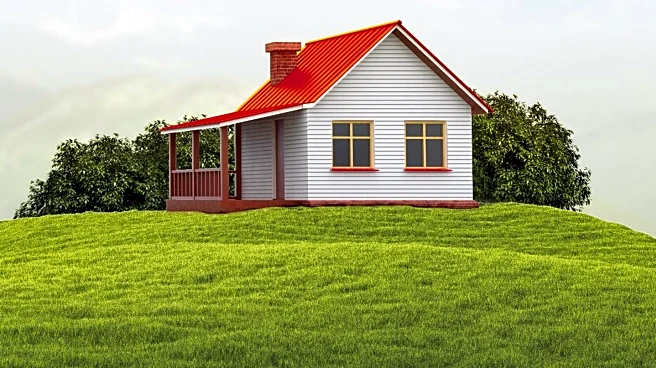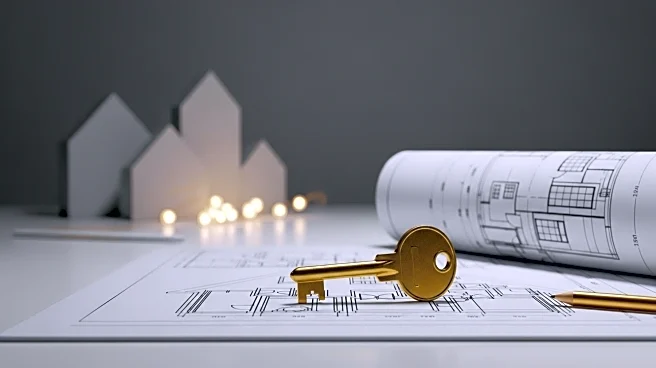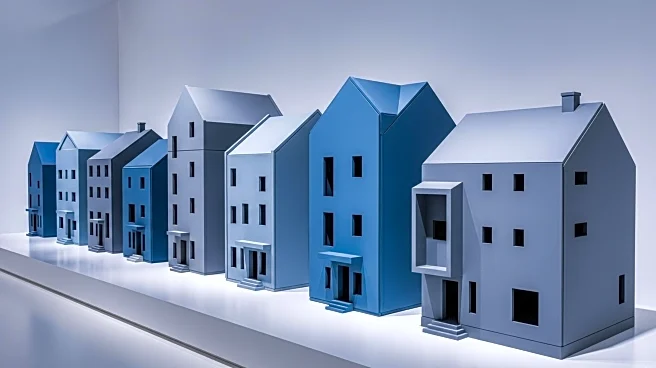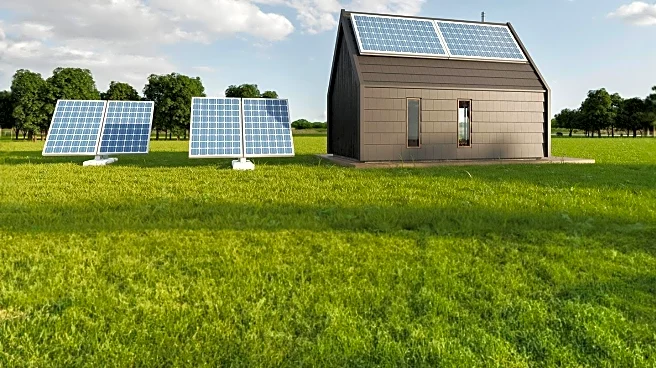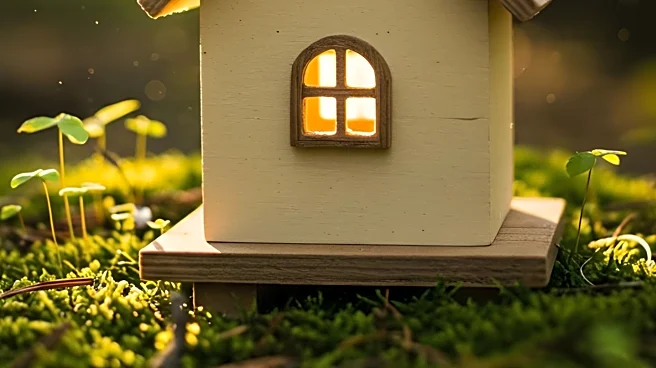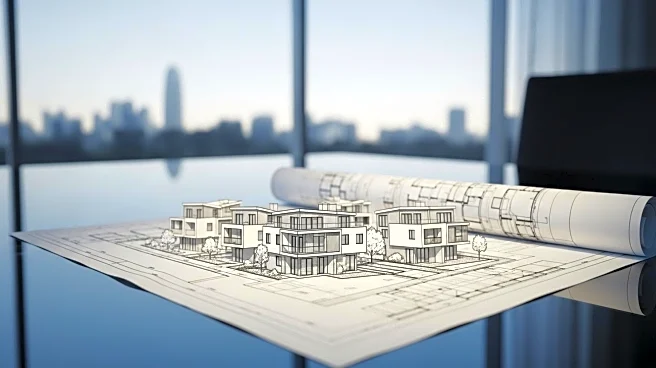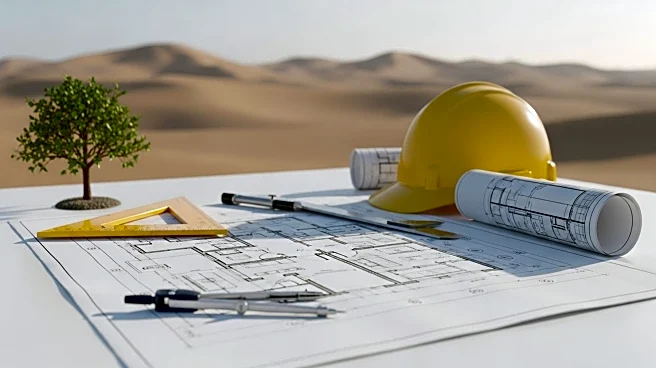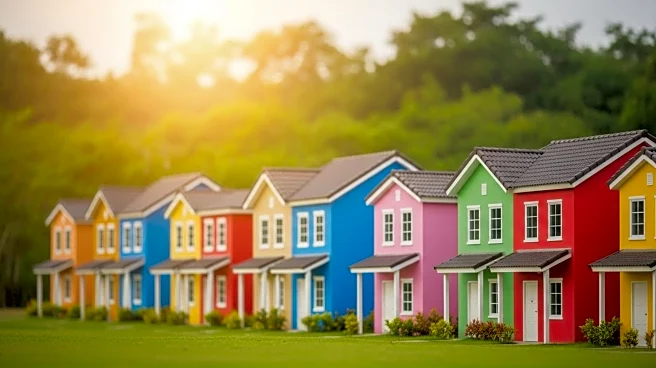What's Happening?
A 56-year-old individual has successfully built a tiny house to address the financial challenges of affording rent. The journey began in the early 50s, driven by the desire for a sustainable and minimalist lifestyle. The tiny house, constructed on wheels, offers an affordable living solution without the need for land ownership. The project involved learning about natural building techniques, including straw-bale houses and using recycled materials. Despite having no prior building experience, the homeowner completed the construction with the help of a retired builder friend, focusing on creating a structurally sound and sustainable living space.
Why It's Important?
This development highlights the growing trend of tiny houses as a viable solution for individuals facing housing affordability issues. Tiny houses offer a sustainable and cost-effective alternative to traditional homeownership, appealing to those seeking a minimalist lifestyle. The ability to park these homes on rented land provides flexibility and reduces the financial burden associated with land acquisition. This approach can significantly impact the housing market by offering more accessible options for homeownership, particularly for those with limited financial resources.
What's Next?
The tiny house movement is likely to continue gaining traction as more individuals explore alternative housing solutions. This trend may influence policymakers to consider regulations and support for tiny house communities, potentially leading to more widespread acceptance and integration into urban planning. As the demand for affordable housing grows, tiny houses could play a crucial role in addressing housing shortages and promoting sustainable living practices.
Beyond the Headlines
The tiny house movement also raises questions about zoning laws and building codes, which may need to adapt to accommodate these unconventional living spaces. Additionally, the cultural shift towards minimalism and sustainability could drive further innovation in housing design and construction, encouraging the use of eco-friendly materials and practices.
